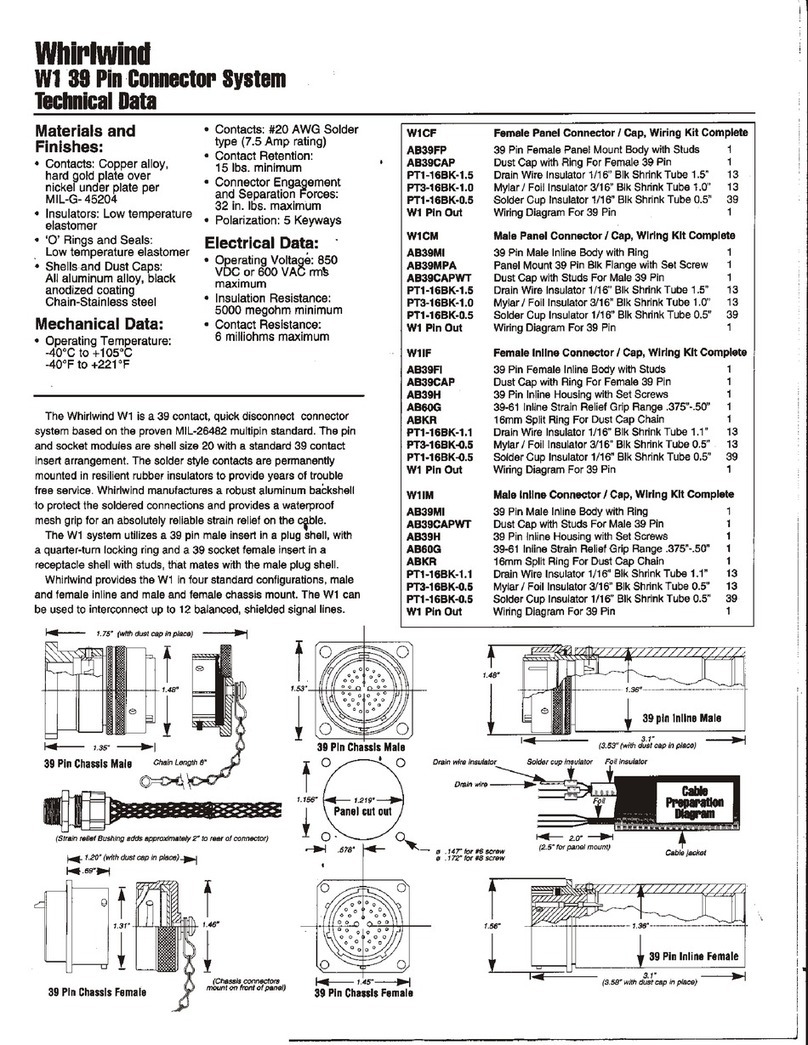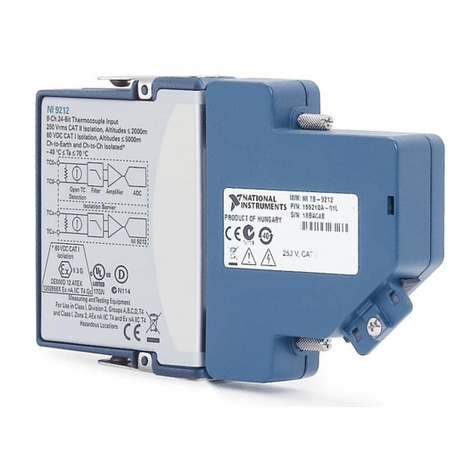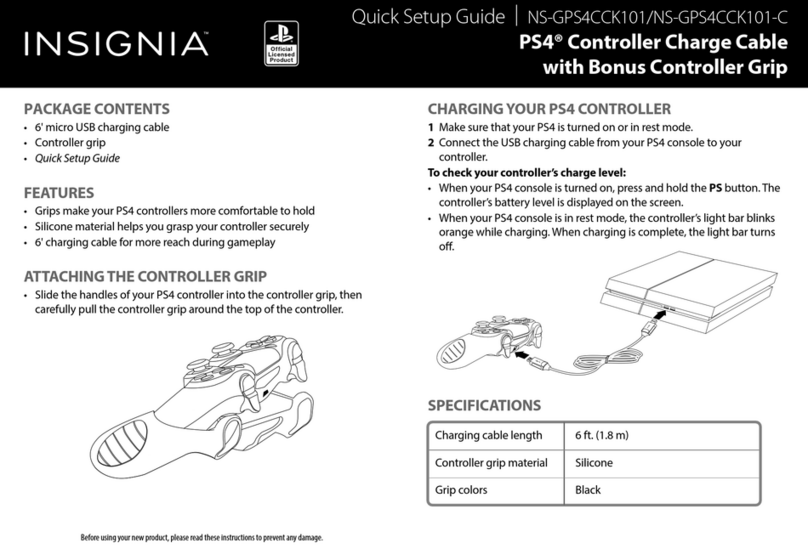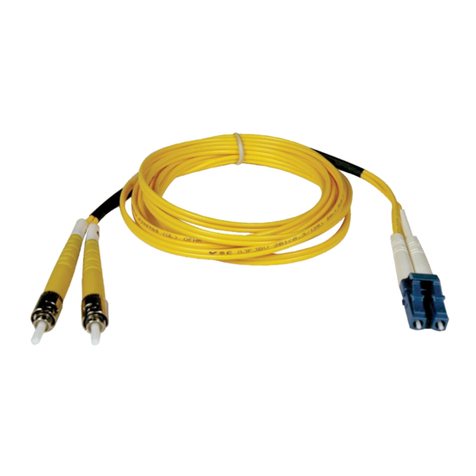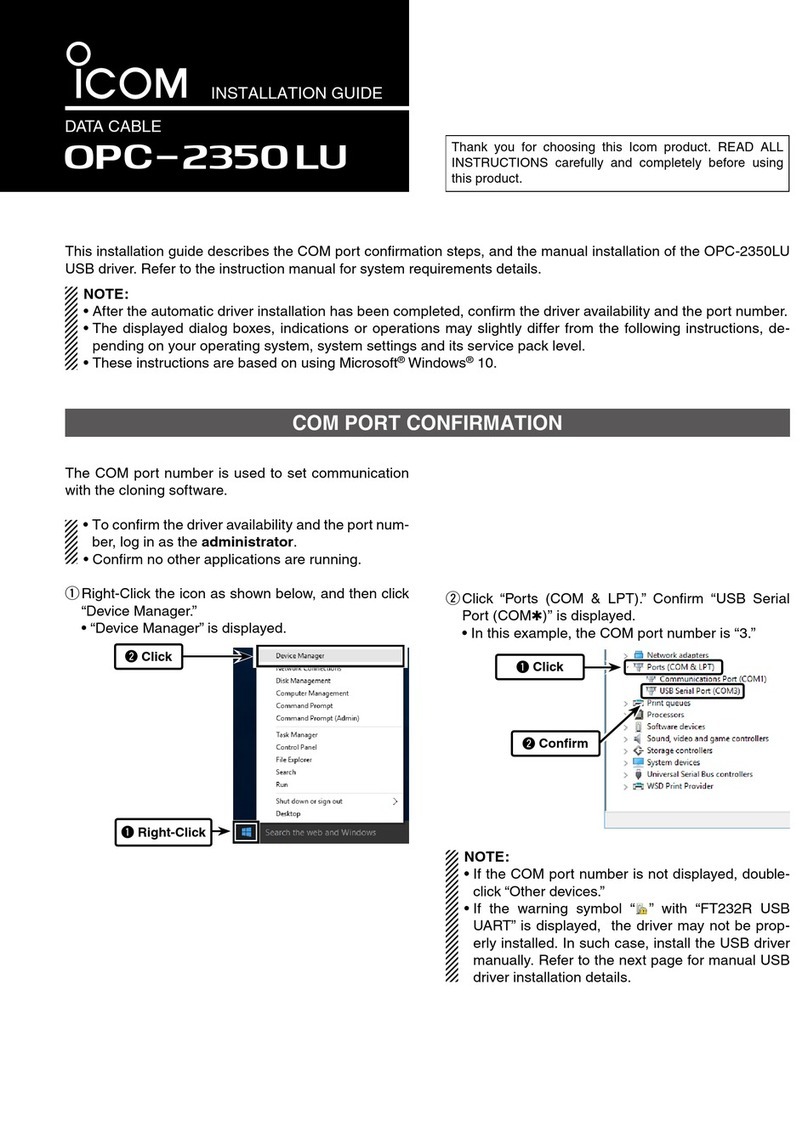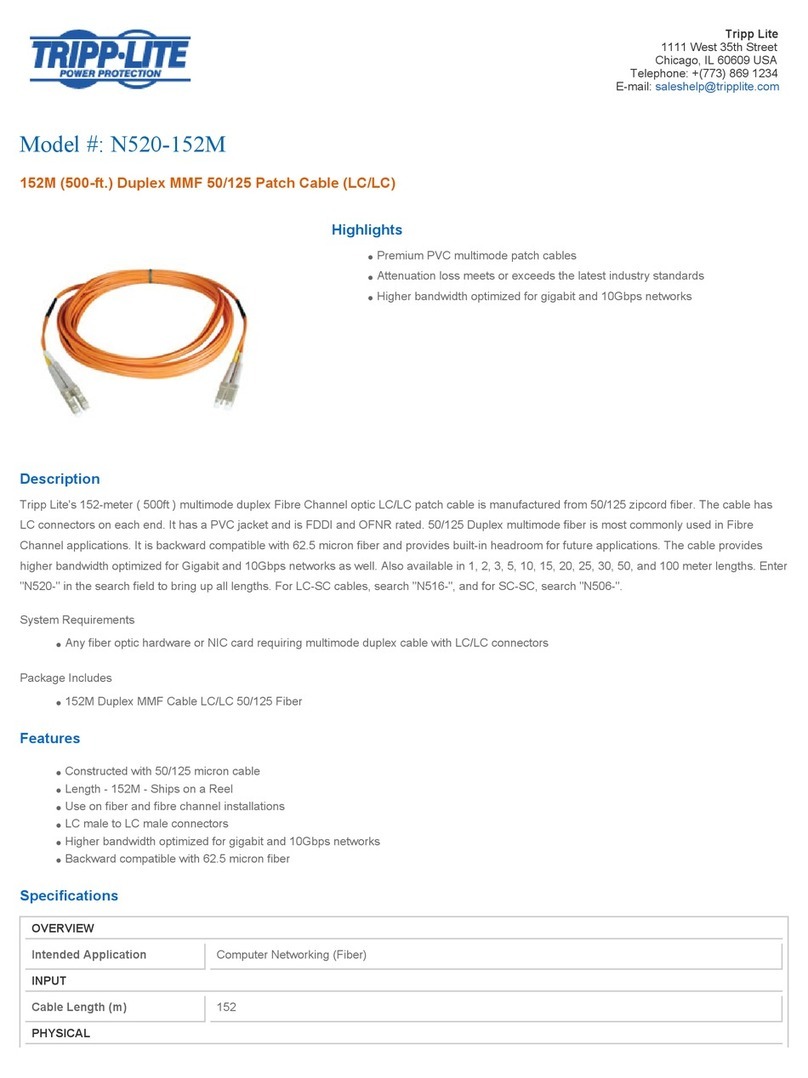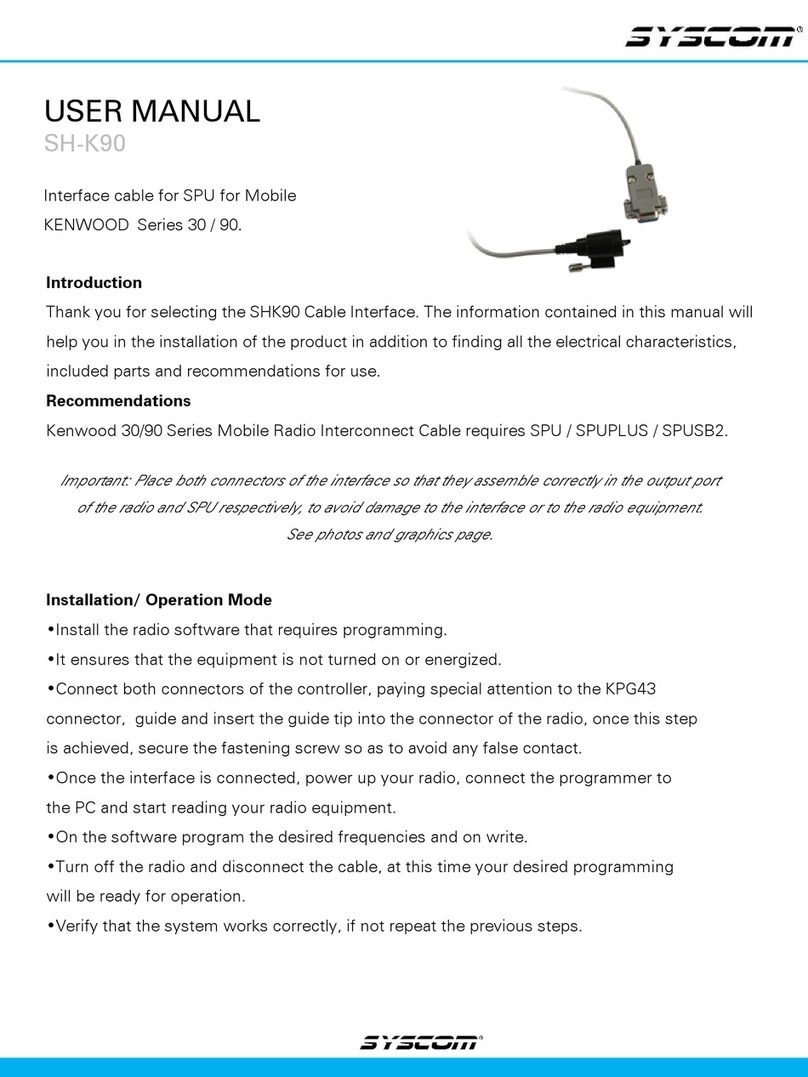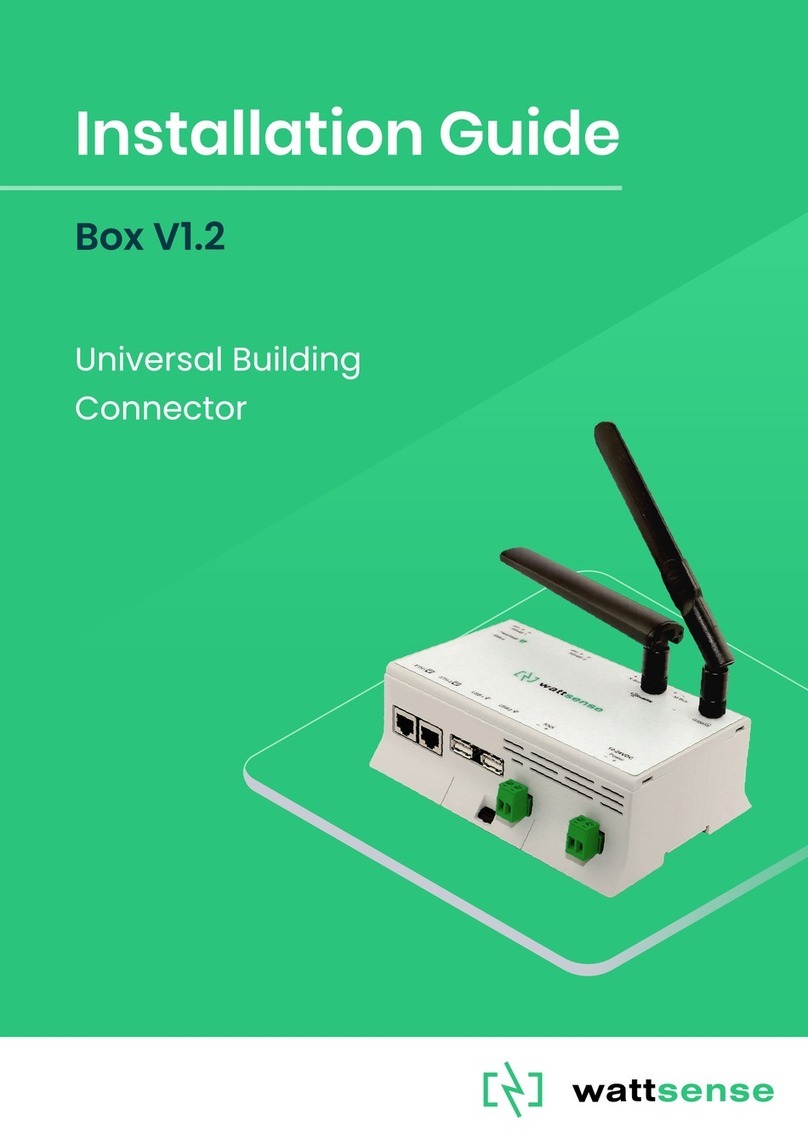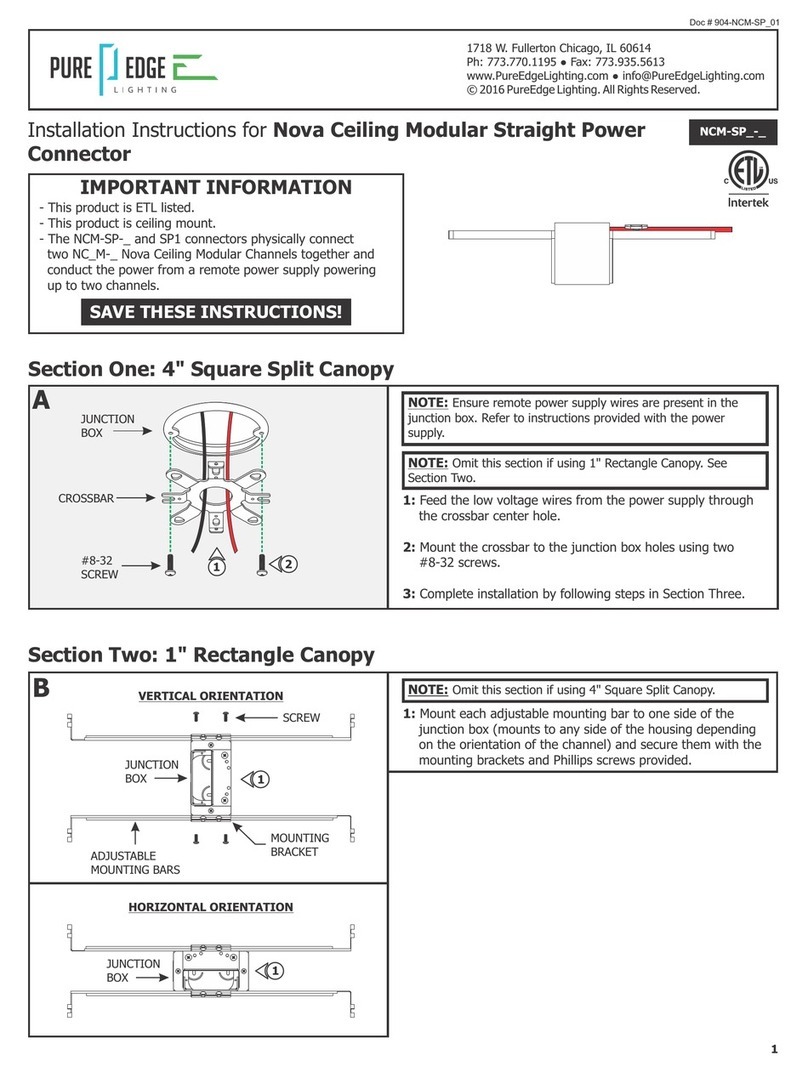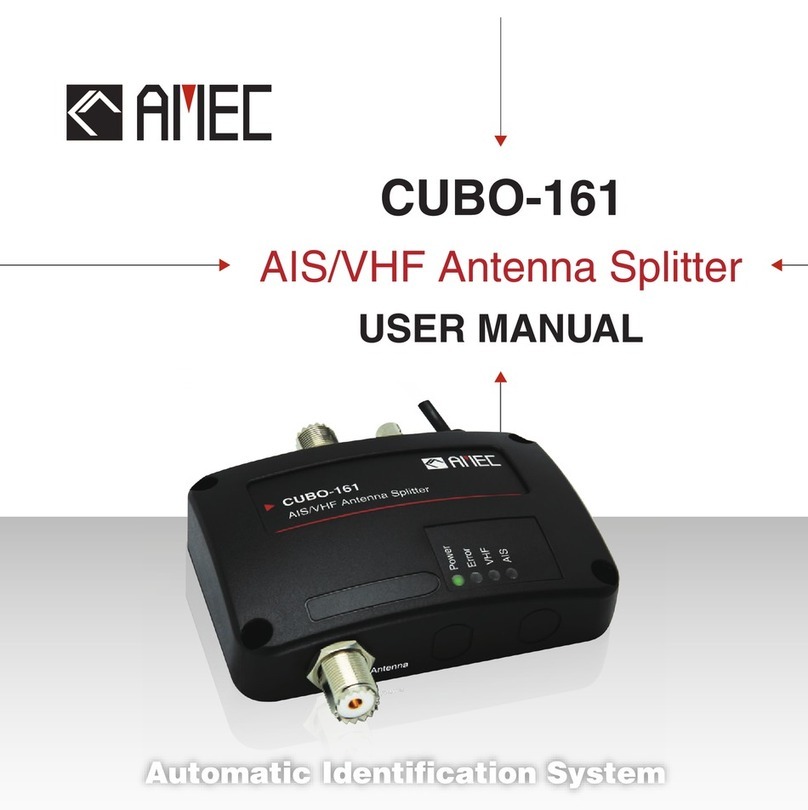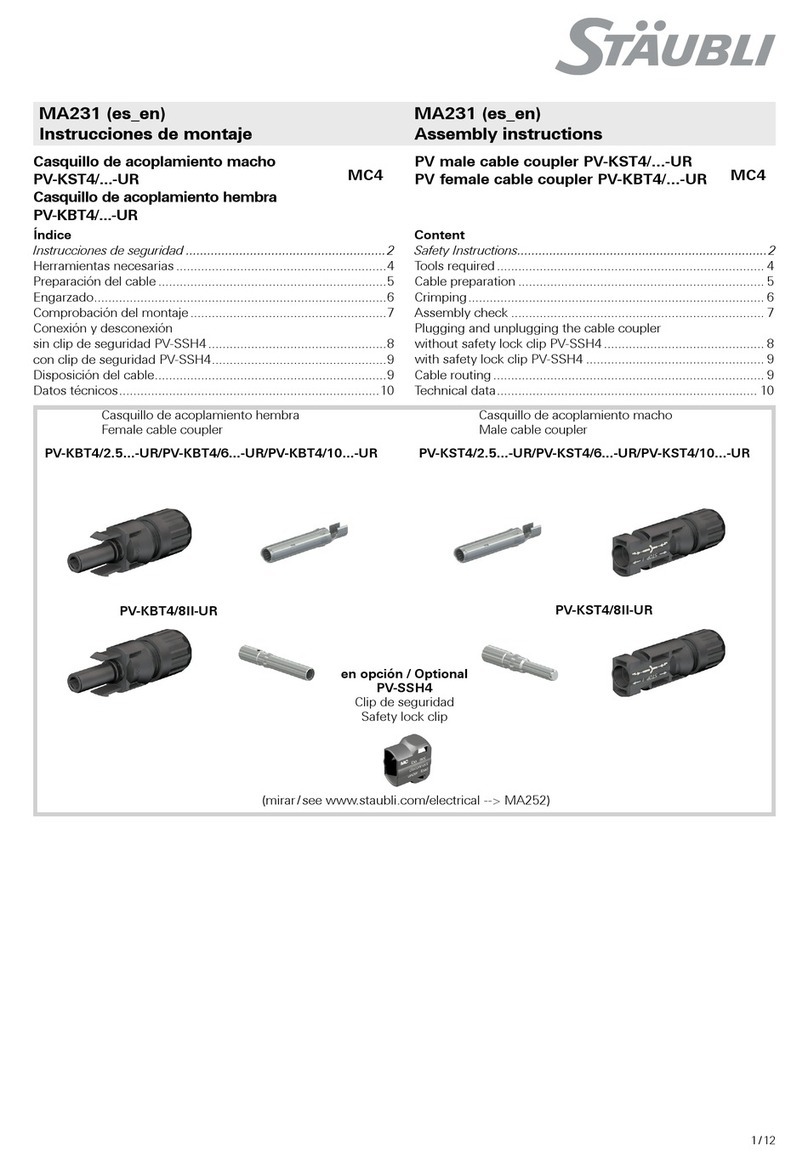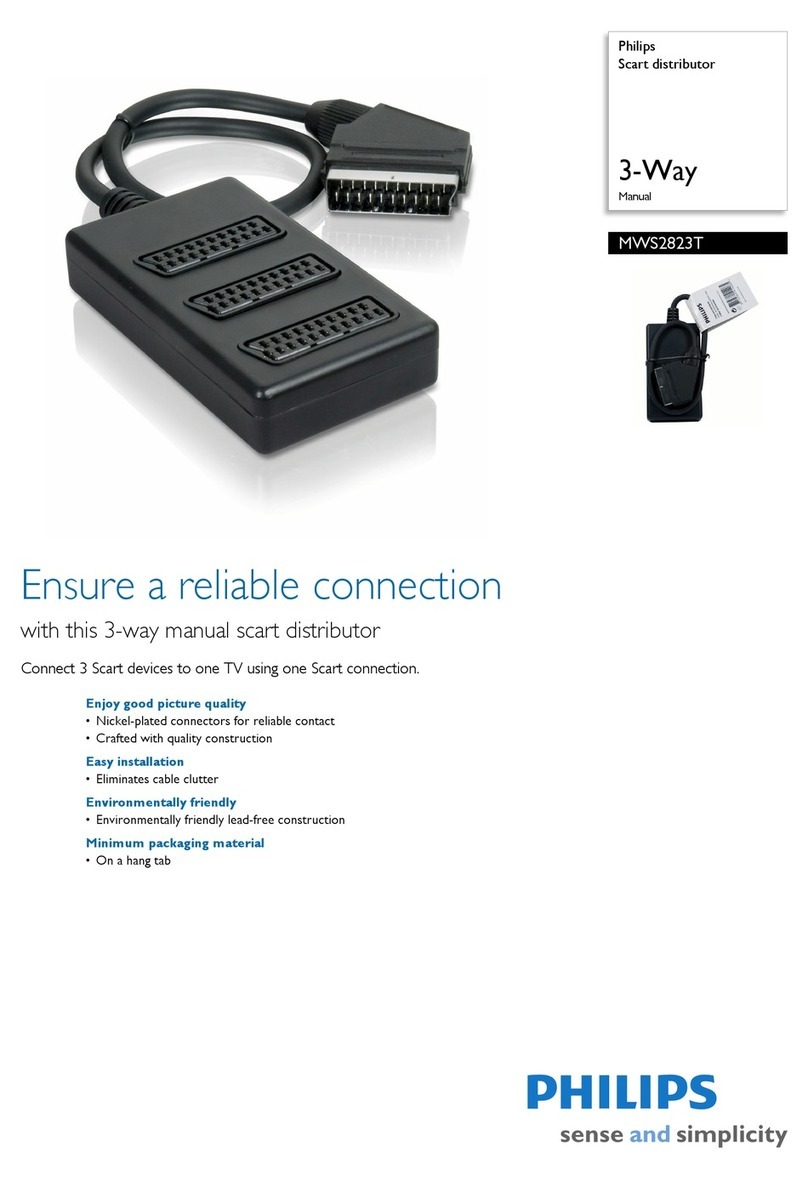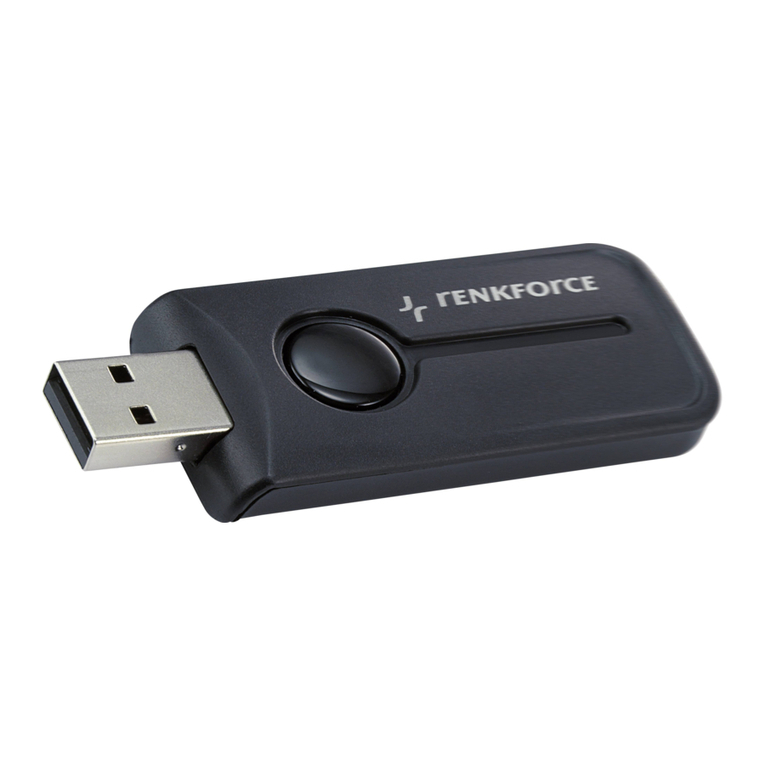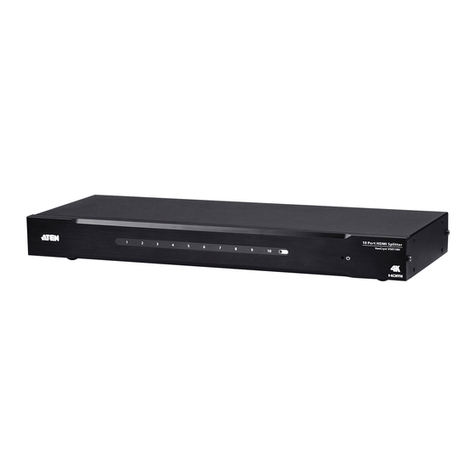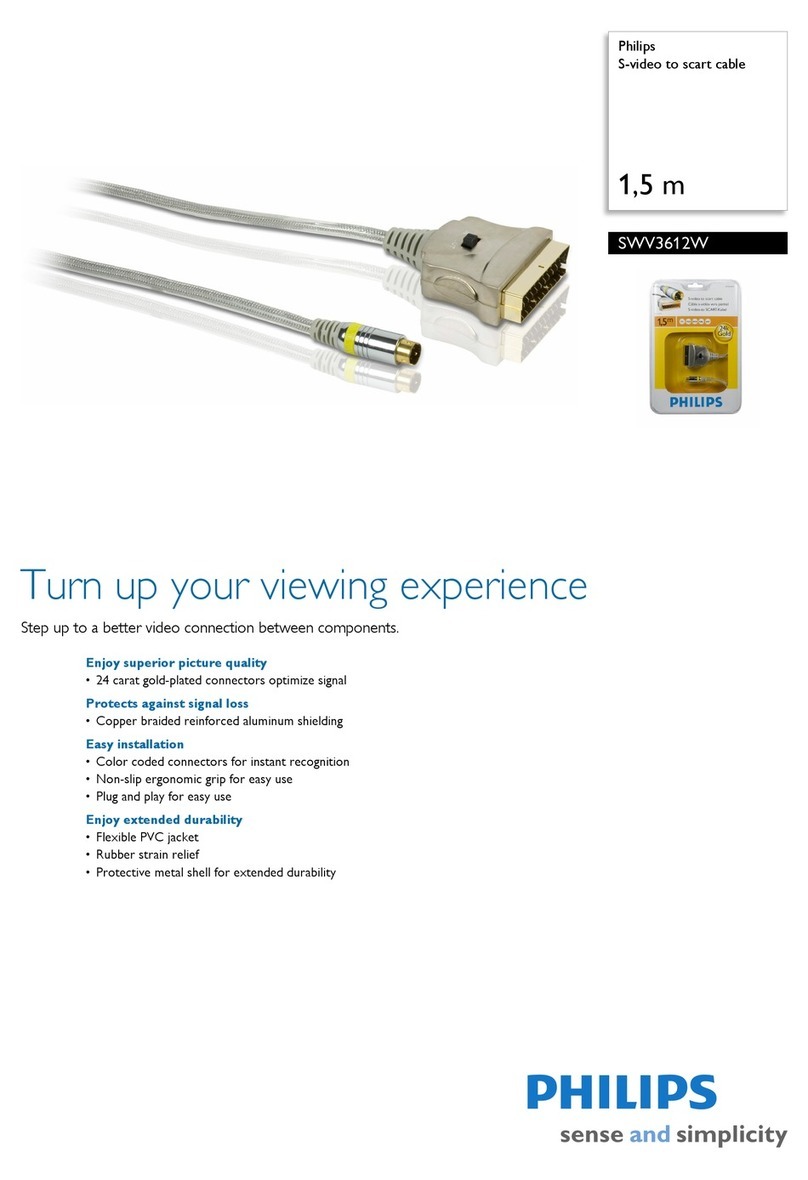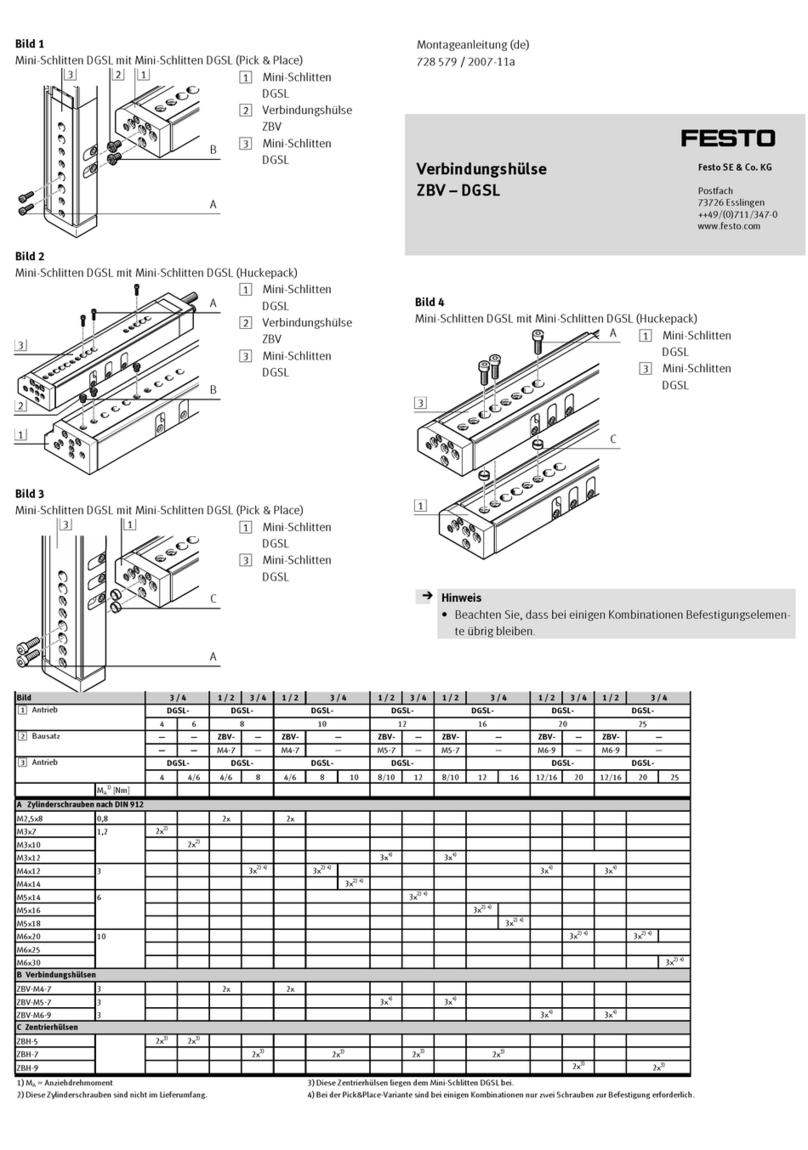Tenaris ULTRA SF User manual

IPSCO CONNECTIONS RUNNING MANUAL 1
IPSCO CONNECTIONS
RUNNIG MANUAL
_
ULTRATM SF & SFII

IPSCO CONNECTIONS RUNNING MANUAL 2
ULTRA™ SF & SFII
In addition to this section, ensure that all instructions from the GENERAL GUIDELINES section starting on page 9
are followed. Refer to the Pre-run Checklist on page ¡Error! No se encuentra el origen de la referencia.¡Error! No
se encuentra el origen de la referencia.¡Error! Marcador no definido.¡Error! No se encuentra el origen de la
referencia. to aid in proper running of ULTRA™ SF & SFII connections.

IPSCO CONNECTIONS RUNNING MANUAL 3
Interchangeability
ULTRA™ SF and SFII are neither compatible between both connections nor interchangeable between different
weights of the same connection and nominal OD. A crossover is needed if running a mixed weight string or
accessories.
Features
ULTRA™ SF and SFII connections have unique run-in and run-out threads on the pin and box:
A run-in thread is an imperfect thread, in the first few starting threads, formed as an insert cuts on a
cylindrical path into a previously blanked cone. The threads start from zero thread height and become
taller with each thread until they become full in height.
A run-out thread (e.g. Buttress pin) is an imperfect thread, in the back-end threads, formed as an insert
cuts on a taper path and intersects a cylinder. The threads start full in height and shorten with each thread
until they disappear.
A fully ULTRA™ SF and SFII shouldered connection will have a machined area on the pin OD that
extends 0.250” from the box face.

IPSCO CONNECTIONS RUNNING MANUAL 4
This area may or may not be prominent depending on the actual pipe diameter on which the
connection is threaded.
This area will decrease in length as delta torque is applied.
This feature is there to allow the box to make up over the machined surface and it is not intended as
a make-up indicator.
ULTRA™ SF and SFII can be distinguished by their unique center shoulder seal configuration on the
pin and box. A conical seal configuration on ULTRA™ SF and spherical seal configuration on UP
ULTRA™ SFII as shown on the next page.
ULTRA™ SF
ULTRA™ SFII

IPSCO CONNECTIONS RUNNING MANUAL 5
Thread Compound Application
Tenaris recommends the use of thread compounds that meet or exceed ISO 13678 or API RP 5A3
requirements.
The use of an applicator “moustache” brush is recommended for the box and a paintbrush for the
pin to best control the application and quantity of thread compound.
Inspect that the brush is clean and free of any dirt. If the brush has been recently cleaned, make sure
that no water or other foreign debris remains in the bristles.
Water that is on the brush, connection, or in the running compound bucket must be completely
removed before applying the compound. The brush and connection can be dried with a clean rag.
Ensure that at least 75% of the connection is covered with "dry moly" prior to applying thread
compound if the connection is bead blasted. "Dry moly" is not required if the connection is
phosphated.
Apply an evenly distributed light coat of thread compound to the box seal and back step threads and
to the pin seal and back step threads as demonstrated in the graphics below. A “light coat” means
that the machined thread profile can be clearly and distinctly seen, with no more than 30% of the
thread height filled with thread compound.

IPSCO CONNECTIONS RUNNING MANUAL 6
Care is to be taken to prevent thread compound from going into the pin and box center shoulder seal
groove to avoid dope squeeze and anomalies in the torque turn graph.
Make-up Torque
ULTRA™ SF and SFII connections shall be made up to the torque specified on the most current
Connection Data Sheet.
The specified minimum make-up torque in the data sheet is the minimum torque to which the
connection should be assembled the first time.
The specified optimum make-up torque in the data sheet should be used as the target make-up
torque for optimum performance.
The specified maximum make-up torque in the data sheet should be used as the highest
recommended make-up torque for normal operations.
Add 10% to the optimum make-up torque when using thread locking compound. A torque shoulder
must be visible for proper make-up. Apply the thread locking compound to the threads only and
apply running compound to the seal area.
Make-up RPM
Initial RPM shall start in high gear with a low torque and high RPM.
Switch to low gear before the seal engagement appears in the torque turn graph.
Power tongs should remain in low gear and at a constant RPM once the seal engages.
The below table lists the approximate recommended make-up RPM for the ULTRA™ SF and SFII
connections.
TARGET MAKE-UP RPM
OD
INITIAL RPM
FINAL RPM
3 ½
30
15
4 –5 ½
20
10
6 ⅝–7 ⅝
15
7
8 ⅝–9 ⅝
10
5

IPSCO CONNECTIONS RUNNING MANUAL 7
10 ¾ –14
6
3
16 ≥
4
2
Shoulder Torque
The shoulder torque shall be clearly visible at a minimum of 20% of optimum make-up torque and at
a maximum of 70% of optimum make-up torque and with a 0.020 – 0.200 delta turn range.
If the shoulder torque is outside of these specifications, break out and inspect the pin and box.
A large torque increase prior to 1 turn from shouldering may indicate a problem in make-up such as
cross threading or galling.
See the example graph below that demonstrates the make-up limits for ULTRA™ SF and SFII
connections.
Downhole Rotation
Tenaris recommends using the minimum amount of torque necessary to break the friction between
the tubing or casing and the well bore if downhole rotation of the string is required.
The minimum make-up torque is the safest downhole rotating torque. This will ensure that the
connection can be broken out and made up again.
The ULTRA™ SF and SFII connection should not be rotated beyond the specified operating torque and
RPM should be limited to 40 RPM or lower.
The seals will swell and the connection may not disassemble beyond the operating torque.
Care should be taken to gradually increase and decrease torque when rotating to allow the stored
kinetic energy to dissipate and prevent downhole connection yielding or break out.
Tenaris advises caution as the torque measurement accuracy and dump-valve response time may vary
depending on the specific equipment used.

IPSCO CONNECTIONS RUNNING MANUAL 8
Re-run
The pin and box must be thoroughly cleaned and visually inspected for any damage after each break
out.
Apply or ensure that at least 75% coverage of dry moly is present on the connection if it is bead
blasted. Dry moly is not required if the conneciton is phosphated.
Do not re-run the string if any portion of the string has been taken beyond the specified operating
torque.
The ULTRA™ SF and SFII connections shall not be used as work strings.
Field Repair
Field repair of ULTRA™ SF and SFII connections shall only
be conducted by Field Service Technicians
certified by Tenaris.
Minor tears, galls, dents or burrs on the thread profile may be able to be repaired by qualified
personnel in the field.
Small scratches and dents on the pin and box face may be permissible or repaired.
Repair connections using a file, stone, sandpaper or appropriate abrasive tool, and Scotch-Brite™
sponge or equivalent.
For best results it is recommended to spray the connection with an even coat of “dry moly” and allow
it to dry.
Only qualified personnel may make the decision regarding the serviceability of a given connection.
Seal areas cannot be repaired in the field and must be free of any damages.
Loose burrs and sharp raised edges must be removed or rounded down.

IPSCO CONNECTIONS RUNNING MANUAL 9
This manual suits for next models
1
